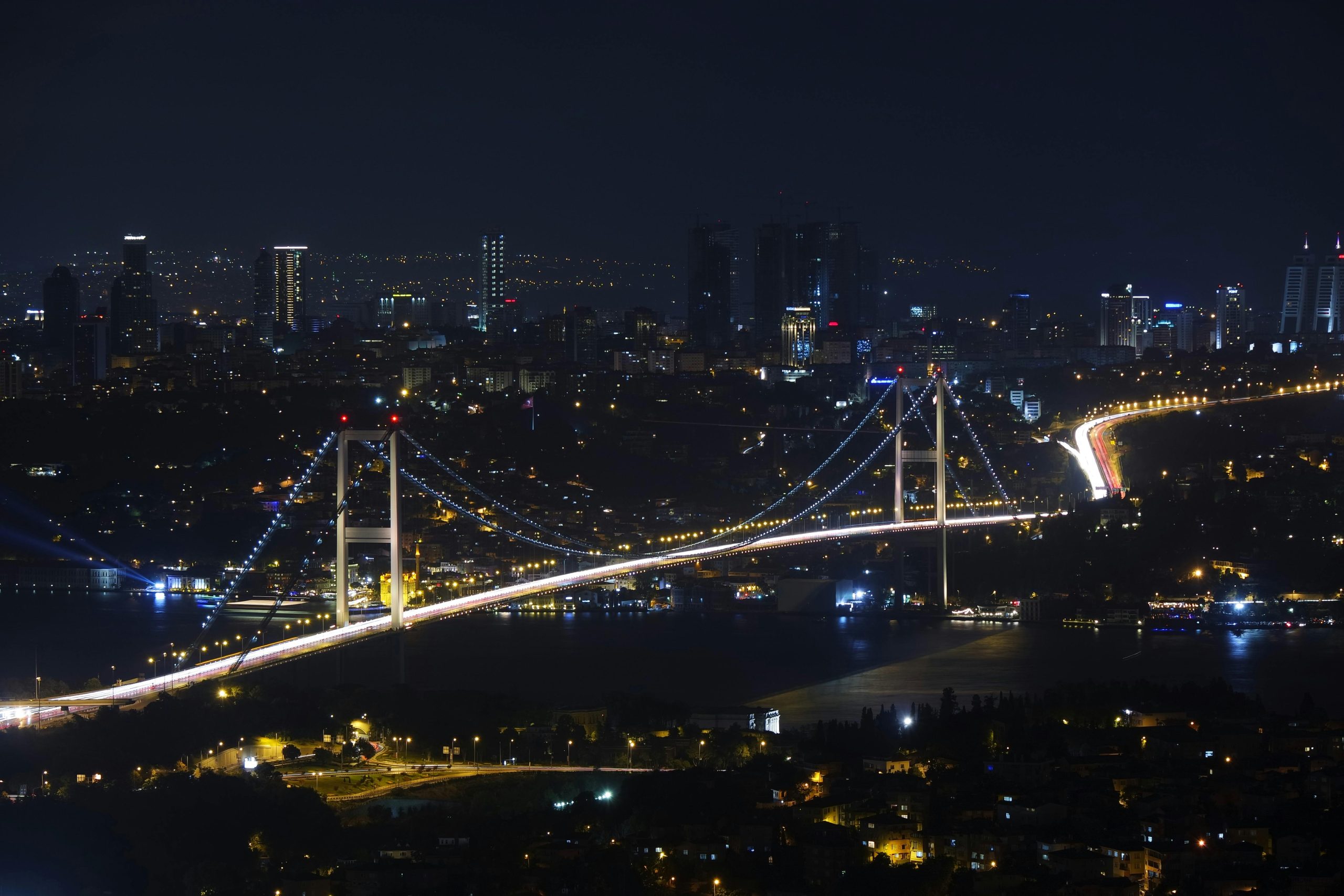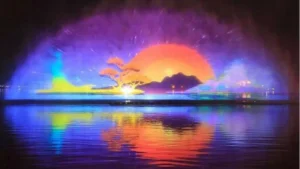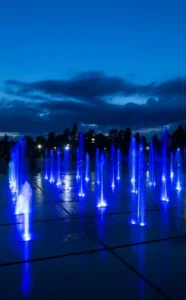- Product Knowledge
Bridge Road Lighting Design: Key Considerations and Best Practices

Bridges are not only vital for transportation; they are often iconic landmarks representing the economic and technical achievements of a city. As such, proper lighting design plays a crucial role in making these structures visually striking while ensuring safety and functionality. Thoughtful lighting enhances the aesthetic appeal of bridges at night, helping them become focal points in the urban landscape. In this article, we will explore the design approaches and key considerations for effective bridge lighting.
Lighting Techniques for Various Types of Bridges
The type and design of a bridge significantly influence its lighting requirements. Different bridges call for different lighting strategies to achieve the desired balance between functionality and aesthetics.
Cable-Stayed Bridges with Tower Structures

For tower-type cable-stayed bridges, the primary focus should be on illuminating the towers, steel cables, and the sides of the bridge. Lighting should also enhance the appearance of the piers, contributing to a cohesive and striking visual effect. Properly highlighting these features will maintain a uniform lighting design that enhances the structure’s grandeur.
Garden Bridges
Bridges located in parks or gardens require subtle and non-intrusive lighting. Avoiding visible light fixtures and glare is essential to preserve the natural beauty of the environment. The goal is to create a serene atmosphere without disturbing visitors’ enjoyment of the landscape.
Pedestrian and Overpass Bridges
For overpasses and pedestrian bridges, simplicity is key. The lighting should blend seamlessly with the surrounding environment, creating a harmonious effect. Overly elaborate lighting designs can disrupt the natural flow of the urban landscape and create unnecessary distractions for pedestrians and drivers.
River Crossings and Waterfront Bridges
Bridges crossing rivers present unique challenges, as their lighting interacts with the water’s reflective surface. Careful consideration must be given to avoid reflection glare, which can obstruct visibility. Additionally, the placement of lighting fixtures should account for the potential effects of rising water levels, requiring the use of waterproof and durable equipment.
Key Specifications for Bridge Lighting Design
Ensuring the functionality and safety of bridge lighting is just as important as its aesthetic appeal. Below are some important guidelines to follow when designing lighting for bridges.
Avoid Interference with Functional Lighting
The primary function of bridge lighting should be to enhance visibility for drivers and pedestrians. Decorative lighting should never interfere with this essential function. Nighttime illumination must ensure that roadways remain clearly visible and that light pollution is minimized.
Analyze Viewing Angles and Adjust Brightness
Analyzing the bridge’s viewing angles from various vantage points is crucial for selecting the appropriate brightness and illuminance. The intensity of the light should be adjusted based on the primary viewpoints to ensure a balanced and visually pleasing appearance without overwhelming onlookers.
Minimize Glare and Light Pollution
Controlling the direction and intensity of light is essential to avoid glare, which can pose hazards to drivers and pedestrians. Careful attention should be paid to ensure that lighting doesn’t create distractions or contribute to light pollution, which can disrupt the urban environment and waste energy.
Ensure Compatibility with Traffic Signals
Bridge lighting should be carefully designed to avoid interference with traffic lights, either for vehicles on the bridge or for boats navigating underneath. This includes controlling the flicker frequency, light colors, and shadow effects to maintain clear and unobstructed visibility for all modes of transportation.
Install Anti-Vibration Fixtures for Heavy Traffic
For bridges that frequently carry heavy-duty vehicles, it’s essential to implement anti-shock measures. Lighting fixtures must be designed to withstand vibrations caused by vehicle traffic to ensure longevity and reduce maintenance requirements. Shock-resistant materials and secure mounting methods should be prioritized in these designs.
Best Practices for Bridge Lighting Design
In addition to the technical specifications outlined above, there are several best practices to keep in mind when planning bridge lighting systems:
Use Energy-Efficient LED Lighting
Modern bridge lighting designs increasingly rely on energy-efficient LED fixtures. These lights offer long-term savings due to their low power consumption and extended lifespan. They also provide greater flexibility in terms of color, brightness, and control, making them ideal for creating dynamic lighting effects.
Consider Smart Lighting Technology
Implementing smart lighting controls can significantly enhance the functionality of bridge lighting systems. Smart technology allows for dynamic adjustment of brightness, color, and even movement based on weather conditions, traffic levels, or special events. This flexibility not only improves energy efficiency but also provides an opportunity to customize the lighting to suit various occasions.
Focus on Durability and Weather Resistance
Bridges are exposed to harsh environmental conditions, such as wind, rain, and temperature fluctuations. Therefore, lighting fixtures must be highly durable and weather-resistant. Waterproofing, corrosion resistance, and strong materials are essential for maintaining the lighting system’s longevity and performance.
Blend with the Surrounding Landscape
The bridge’s lighting should complement the surrounding architecture and landscape. Whether the bridge is in a natural setting or part of an urban skyline, the lighting should contribute to the overall visual harmony of the area. Integrating the lighting design with nearby buildings, trees, and water bodies can create a cohesive and immersive experience.
Designing effective bridge lighting requires balancing aesthetics, functionality, and safety. By understanding the specific requirements of different bridge types and adhering to key design specifications, it’s possible to create lighting that not only enhances the bridge’s appearance but also improves its utility. With the right approach, bridge lighting can transform a basic infrastructure element into a glowing symbol of urban innovation and beauty.



